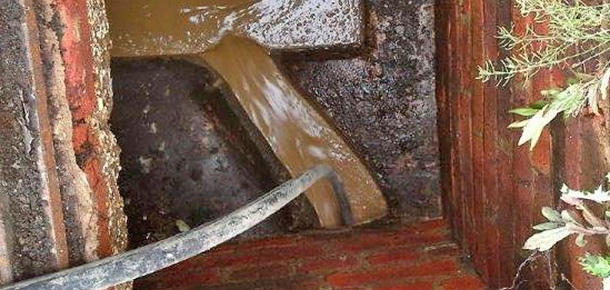Blocked drains are not just inconvenient; they can be dangerous as well. Not only do blocked drains put you and your family in danger of developing diseases such as giardiasis or trench fever due to unclean and unsafe water supplies, but they also damage your home’s exterior. Blocked drains can become a nightmare if not addressed and fixed promptly. Blocked drains can develop a backslope, leading to flooding, in the floor drain or main drain.
A blocked drain is simply the main channel or pipe for waste liquid or water to be Flushed away, either into a second receptacle, funnelled to a downpipe, or run to stormwater or sewers for disposal. When a blocked drain develops root problems and is impacted by tree roots, debris or soil particles, the situation can become desperate. A blocked drain poses a serious threat to your family’s health, and you may even find yourself needing to call a hydro-scopic or submersible driller to get rid of the problem. But when you think about it this way, what is really the worst that can happen?
The threat of having your home flooded by way of drainage holes and blocked drains is much worse than a blocked drain itself. If your home has drainage problems, the first thing that probably comes to mind is the danger of running out of fresh clean water. The threat here is that if the “gullies” become blocked, and no amount of “flushing” will clear it, the resulting flood could damage your house structure, the foundation of the house, the interior of the building, the occupants, the belongings stored in your garage, and even the structural integrity of the building itself. The threats to your family and possessions posed by blocked drains, then, should be reason enough to invest in such a service and product, and not just a simple repair.
Most often the cause of blocked drains is a toilet drain that has been left open for long periods of time. It is common, of course, to put a tub or shower cap on the toilet drain during the cleaning process, and then to turn it back on later. And while this has indeed stopped the overflow of water from overflowing, it has also provided a welcome growth for roots and other harmful organisms that have found their new home in the newly opened area. These unwanted intruders can easily grow into a thick blanket of moss and other “inks” that can make the house look tacky and old, and cause quite a bit of damage over time. So the best solution for these kinds of situations is, of course, to flip the toilet drain, both the bowl and the trap, to allow a thorough flushing.
Another common cause of blocked drains is root damage to the plumbing system. Roots are known for growing in places where they are least expected, like around and under the toilet cistern. Roots will grow through the plumbing system until they get to the floor of the room in which the blocked drains are located. If the drain is not turned, the roots will eventually grow through and break loose, causing the overflow of water in the bathroom.
Aside from the two most common causes of blocked drains, the plumbing system in a home is subject to other unusual events. For instance, construction or remodeling projects can sometimes create a blockage in the drain line. If this is the case, it’s wise to have a plumber inspect the pipe and fix the problem before starting work so that it doesn’t become a potentially dangerous situation. Other common causes of clogs include tree roots, grease, mineral build-up, and toilet leaks. To prevent the plumbing issue from becoming more problematic, hiring a licensed contractor to inspect your piping system is a smart move.

